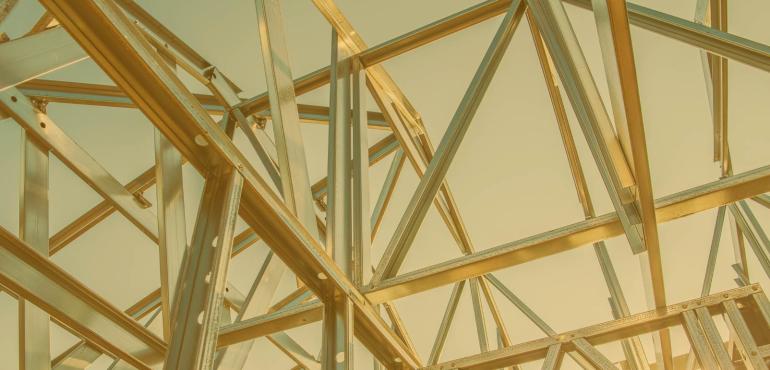The Queensland Building and Construction Commission (QBCC) says wet weather and moisture, combined with north Queensland’s high humidity, provide the perfect ingredients for the wood-eating pest to flourish and multiply.
QBCC Commissioner Anissa Levy says increased termite activity following heavy rain and flooding could have a potentially devastating effect on homes, with the insects capable of causing major structural damage in a short period of time.
“Homeowners can help protect their properties by remaining extra vigilant following heavy rainfall and flooding,” Ms Levy says.
“This includes checking for any signs of activity and ensuring that their termite management system has not been compromised.”
“If flooding has surrounded or covered internal floors, homeowners should check for signs of damage to their termite management system."
“If the system has been compromised, or if homeowners suspect they have termites, they should immediately seek the advice of an expert with a QBCC termite management contractor licence to conduct an inspection.” Ms Levy says there are a number of measures homeowners can take to help prevent a termite invasion after rain events.
“Termites seek moisture, so it is important to clear water pooling in gutters, empty cans, or other objects around the property and fix leaking items, such as pipes and taps,” she says.
“Removing the termites’ additional food source, such as wood in contact with the ground or near the house, is another way to help prevent infestations.”
Ms Levy urges homeowners renovating during the wet season to be aware that building footpaths, garden beds, patios and pergolas, as well as landscaping and laying turf, can cause termite systems to be less effective.
This work can impede the termite management system or reduce visibility of termite entry into the building.
“When renovating, you can help protect your property by using termite-resistant materials, including treated timber, masonry, steel, concrete and fibre-reinforced cement.”
Signs of potential termite infestations:
- Mud shelter tubes built by the termites for protection. These can be found internally next to architraves or skirting boards, undercrofts of buildings, brick foundations and external walls adjoining ground level
- Sagging floors, doors or ceilings
- Damaged skirting boards, door jambs or architraves
- Cracked or blistered paint or plaster
- Power failures
- Discarded termite wings found near windows, in spider webs or light fittings
- Timber that makes a hollow sound when tapped
- Dry sand-like faecal pellets (frass) coming out of termite tunnel openings
- Finding frass in cone-shaped piles or in circular patterns on the surface of infested wood.
For more information on protecting your property against termites visit the QBCC website.
For a list of licensed contractors, visit Our lists and registers on our website.
